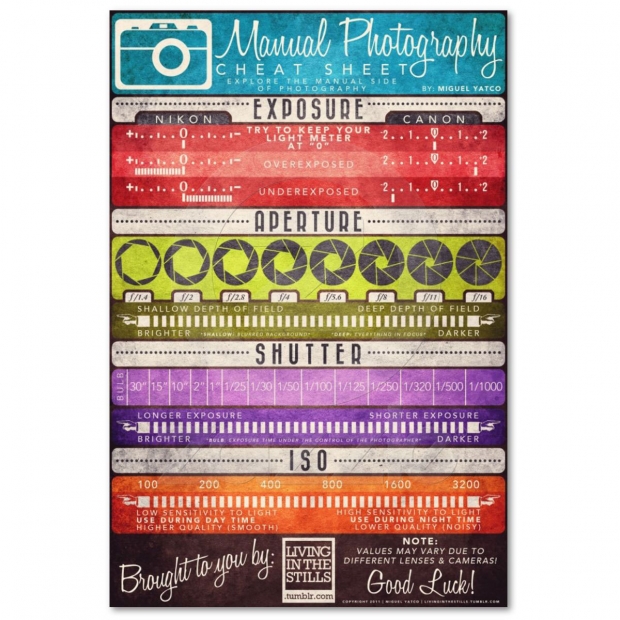Digital Photography Tips For Beginners: Grasping Your Electronic Camera In No Time At All
Digital Photography Tips For Beginners: Grasping Your Electronic Camera In No Time At All
Blog Article
Article Created By-Lyons Fuentes
When you first get your cam, it can feel frustrating with all the setups and alternatives available. You could find yourself wondering how to navigate aperture, shutter speed, and ISO effectively. Mastering these fundamentals is vital, however there's more to digital photography than just technical knowledge. Recognizing make-up strategies and illumination problems can raise your photos drastically. So, suppose you could discover basic techniques to improve your abilities and start recording impressive photos quicker than you believe? Allow's explore just how to change your photography journey.
Recognizing Video Camera Setups
Recognizing your electronic camera settings is vital for capturing spectacular images. When you pick up your electronic camera, familiarize yourself with the 3 primary setups: aperture, shutter speed, and ISO. Each plays an important function in exactly how your images turn out.
Start with aperture, which regulates the amount of light getting in the lens. A bigger aperture (reduced f-number) allows much more light and creates a beautiful history blur, excellent for pictures. Conversely, just click the next document (greater f-number) keeps more of the scene in emphasis, suitable for landscapes.
Next off, focus on shutter speed. This setting identifies for how long your video camera's sensor is revealed to light. https://postheaven.net/dwayne65johnson/imaginative-ways-to-market-your-photography-solutions up motion, which is fantastic for action shots, while a slow-moving shutter rate can produce magnificent effects like smooth water in landscapes.
Last but not least, readjust your ISO. This setup affects your cam's level of sensitivity to light. A greater ISO works in low-light situations however can introduce noise or grain. Aim for the lowest ISO possible while still accomplishing proper exposure.
Composition Methods
When you're out shooting, make-up can make all the distinction in exactly how your images reverberate with audiences. Begin by using the policy of thirds; envision your framework separated into 9 equal sections with 2 straight and two upright lines. Placement key elements along these lines or at their junctions to create balance and interest.
Next, consider leading lines. These all-natural lines in your scene, like roadways or rivers, attract the customer's eye right into the photo, guiding them through the tale you're informing.
Do not forget mounting; use elements within your scene, like trees or home windows, to create a structure around your subject, including deepness and emphasis.
Additionally, watch on your background. A messy history can distract from your main topic, while a basic one aids it stand apart.
Finally, trying out proportion and patterns; they can develop a striking picture that records attention.
Learning Lights Conditions
Understanding lights problems is important for catching stunning pictures, as the appropriate light can change an ordinary scene into something amazing.
Beginning by observing all-natural light at various times of the day. Early mornings and late afternoons use the best light, known as the golden hour. The soft, cozy tones during these times can improve your images beautifully.
Do not shy away from overcast days either; diffused light can minimize rough darkness and produce a pleasing result, especially for pictures.
Try out backlighting by placing your subject versus the source of light. This strategy can create a wonderful halo result and include deepness to your images.
Focus on your video camera setups also. Readjust the ISO, aperture, and shutter speed to fit the lights problems. A higher ISO can assist in low light, however be cautious of grain.
Utilize a tripod in darker settings to stay clear of blur.
Lastly, do not fail to remember artificial illumination. Flash and constant lights can be fantastic tools for regulating light in challenging problems.
Verdict
To conclude, understanding your camera doesn't need to be overwhelming. By understanding your settings, using make-up methods, and taking advantage of the power of all-natural light, you'll quickly raise your photography abilities. Remember, exercise makes best, so go out there and trying out your newfound expertise. With time and devotion, you'll be catching spectacular pictures that reflect your distinct viewpoint. Delight in the trip, and do not forget to have a good time while you go to it!
